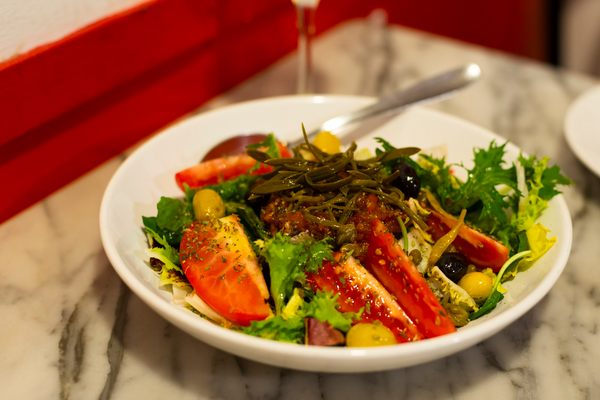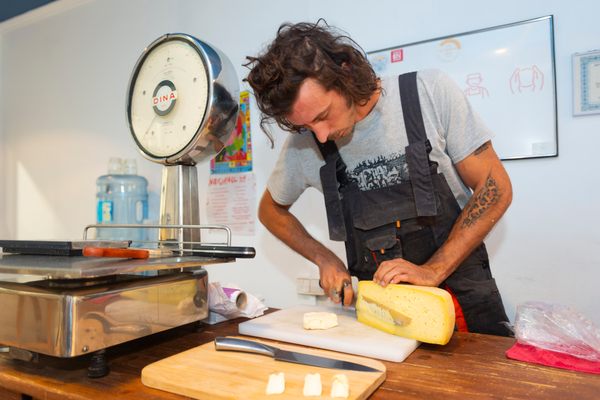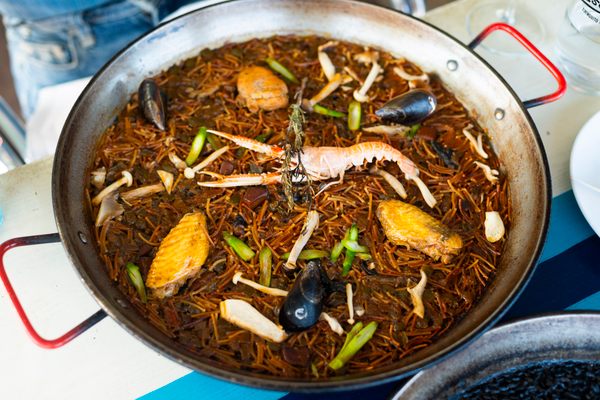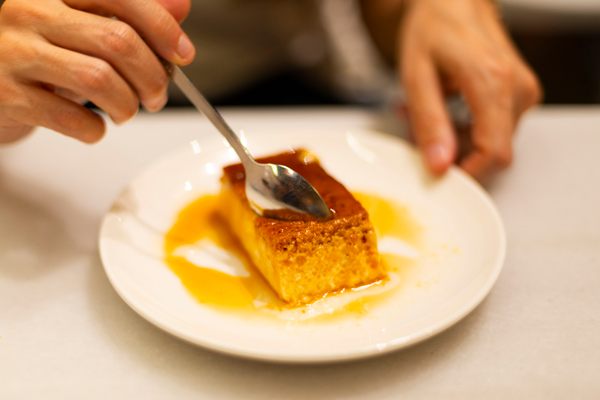The Secret Blue Ice Cloud in Every Champagne Bottle
Cheers to high-speed cameras.

Like ice cream and revenge, champagne is best served cold, ideally between 42.8 and 53.6 degrees Fahrenheit. But if you’re forced to drink it at 68 degrees Fahrenheit, just below room temperature, something fleeting but amazing will happen. Scientists at the University of Reims, in France’s Champagne region, used a super-high-speed camera to observe a short-lived, blue “mini-cloud” escaping the tepid bottle—a cloud that hangs around for just two to three thousandths of a second. That plume of cyan gas is colder than ice, and blue as the circumstances (lukewarm champagne). Researchers published their work in the journal Scientific Reports earlier this week.
This cloud was “totally unexpected,” coauthor Gerard Liger-Belair, an expert in bubbles and foam (!), told AFP. Most people who have popped a bottle of cold champagne will be familiar with the wisps of white fog that cascade from the bottleneck. Before it’s been opened, champagne is under high pressure, hence the cage on the cork. But when it’s open and the pressure adjusts, carbon dioxide pours forth. At 68 degrees Fahrenheit, however, that white mist is very briefly replaced with blue.

If the color of the blue reminds you of the sky, there’s a reason for that. The sky gets its shade from molecules scattering blue light from the sun. “The bluish cloud forms when the CO2 transforms into miniature particles of dry ice which reflect the ambient light,” Liger-Belair said. “This blue cloud has the same physical origin as the blue color of the sky. Is that not extraordinary?”
It is indeed extraordinary, but perhaps not wondrous enough to justify drinking your champagne at 68 degrees Fahrenheit—especially since you’re not going to see magic blue cloud without high-speed imaging.
Gastro Obscura covers the world’s most wondrous food and drink.
Sign up for our regular newsletter.
























Follow us on Twitter to get the latest on the world's hidden wonders.
Like us on Facebook to get the latest on the world's hidden wonders.
Follow us on Twitter Like us on Facebook